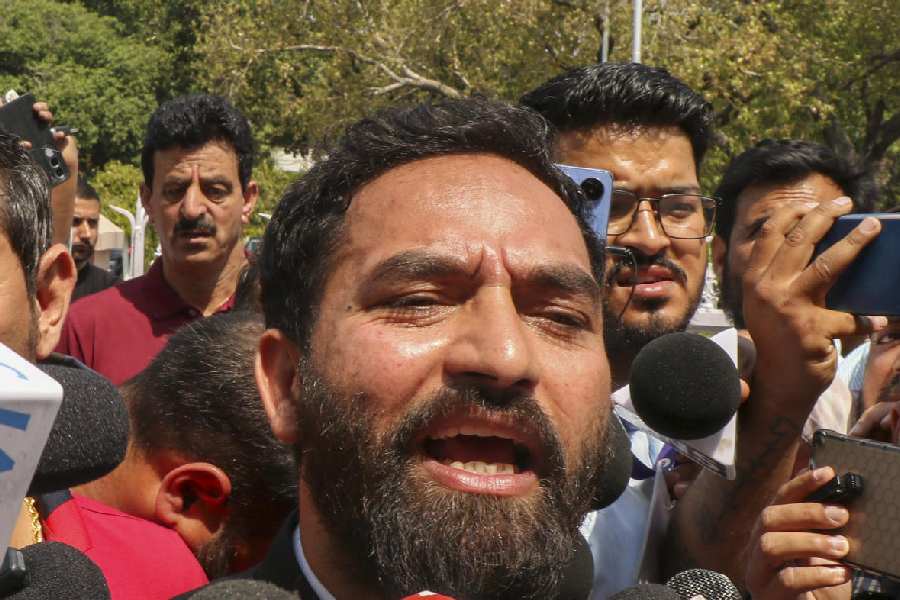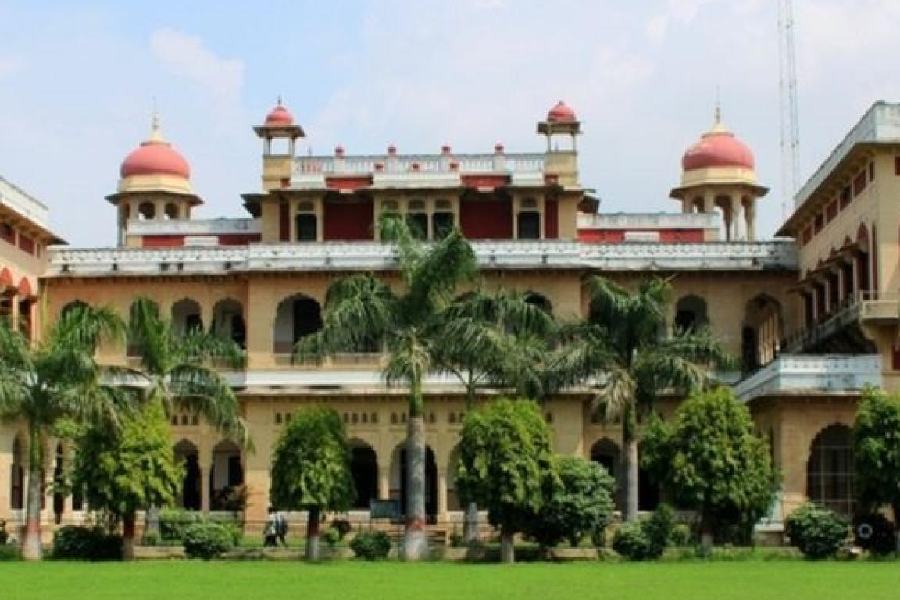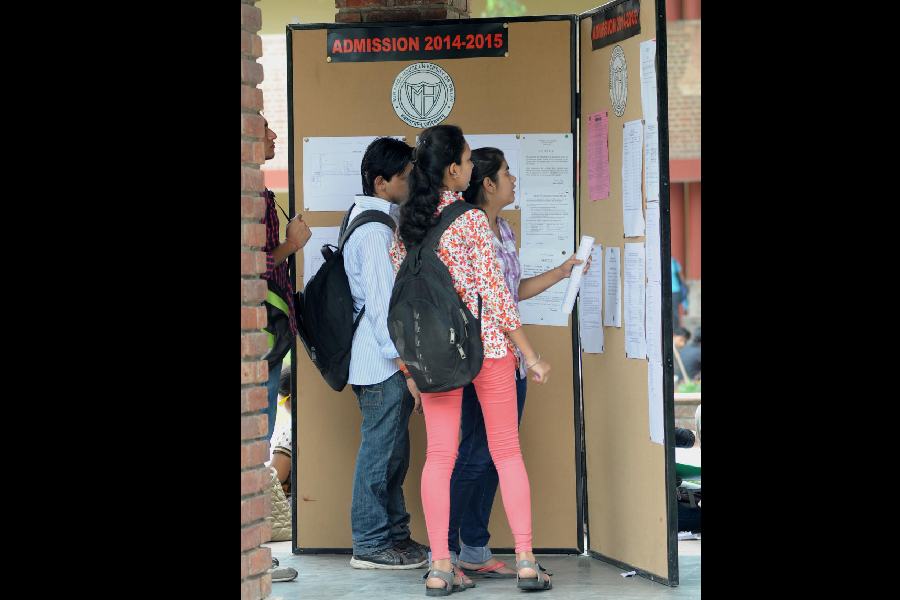 |
| Felled tree: Illegal act |
It was a March morning in 1998. Justice Bhagabati Prosad Banerjee, heading the two-member ?green? bench at the Calcutta High Court, was poring over a letter sent by an advocate writing about the sacred Dudhpukur in Tarakeswar, a pilgrim centre not far from Calcutta.
Banerjee was shocked. At least 28 houses and two public toilets in the area, the lawyer wrote, were discharging sewage into the pond, where thousands of pilgrims bathed. Worse, many of them sipped the highly contaminated water they were palmed as charanamrita (holy water) at the Shiva temple.
?It was unbelievable,? Banerjee, now retired, says. ?I accepted the letter as a petition and immediately ordered an inquiry.?
The local municipality was asked to cut off the pipes carrying sewage to the pond and purify its water. But much to the court?s chagrin, the civic body dithered, playing for time. The municipality swung into action only after Justice Banerjee slapped a fine of Rs 1 lakh on it. ?I also asked the district magistrate to supervise the work and report back to me,? he says.
It was not long before the pond was restored, with pilgrims bathing in its clean water. But the washing of dishes and clothes in it was banned.
The country?s first environment bench, set up in the Calcutta High Court in April 1996, had dealt the indifferent authorities a crushing blow. They now woke up and took notice.
Eight years on, the Centre is now toying with the idea of creating environment courts in all states on the recommendation of the law commission. But activists and lawyers are not enthused. They say such courts will not serve much purpose unless they are extended to districts.
?What?s the point of having an environment court when there is already a green bench attached to most high courts in major cities such as Calcutta, Delhi and Mumbai?? says Subhas Dutta, the environment activist who was behind the creation of the first green bench. ?The environment courts should be in districts if they are to be of help to the public at large.?
Justice Banerjee agrees. ?An environment court is a necessity if you want to protect the environment. But it should start at the district level.? He says the green bench, attached to the high courts, should act only as an appellate court. ?Not many people from faraway districts can afford to come to the high courts and fight the environment cases.?
The Supreme Court created the green bench after Dutta, general secretary of the Howrah Ganatantrik Nagarik Samity, filed a petition under Article 32 of the Constitution, accusing the state government of ?paying no attention? to a slew of environmental problems plaguing Howrah. The apex court referred the case to the Calcutta High Court, asking it to create a special bench to deal with the environmental issues Dutta had raised. ?This is how the green bench was born,? Dutta says. ?It was a momentous decision.?
Since its creation in 1996, the green bench ? now attached to Delhi, Mumbai and a few other high courts ? has given the environment movement a fillip. ?Now environment-minded individuals and groups are filing more and more cases since they know the special benches are there to hear and dispose of their petitions quickly,? Justice Banerjee says.
Over the last eight years, the green bench of the Calcutta High Court has passed several landmark judgments to protect, among others, the Calcutta Maidan, Rabindra Sarovar and Victoria Memorial.
?There is no doubt that the environmental disorder in Calcutta and neighbouring Howrah has been arrested to a large extent because of the green bench,? Dutta, who has filed some 40 environment-related cases with the bench, says. ?Efforts are now on to make the city better environmentally.?
Joy Dasgupta, who teaches environmental law at the National University of Juridical Science in Calcutta, agrees. ?The environment bench, or the green bench, was a move in the right direction.?
Dasgupta says the judiciary, however, needs to look beyond the state capitals and towards the far-flung areas. ?Environment problems in districts are often worse and there is nowhere people can go,? he says.
To start with, Dasgupta says, the green bench should be extended to the areas where a high court has a special bench. ?For example, the Assam High Court has special benches in a few states in the Northeast. Why not attach a green bench to each of them so people living there can benefit?? he asks.
Legal experts feel an environment court should also have a panel of experts it could consult. ?It?s very important as the court may not always be aware of the technical aspects of a complicated environment issue,? a lawyer says.
As Banerjee looks back on his tenure as a green bench judge, he feels happy. Back in 1998, he made the Army virtually take in the widow and children of a man killed during a fireworks display it had organised at the Bengal Rowing Club.
?They had to accept my ruling aimed at rehabilitating the widow and her children,? he says.
Such is the power of the green bench.











